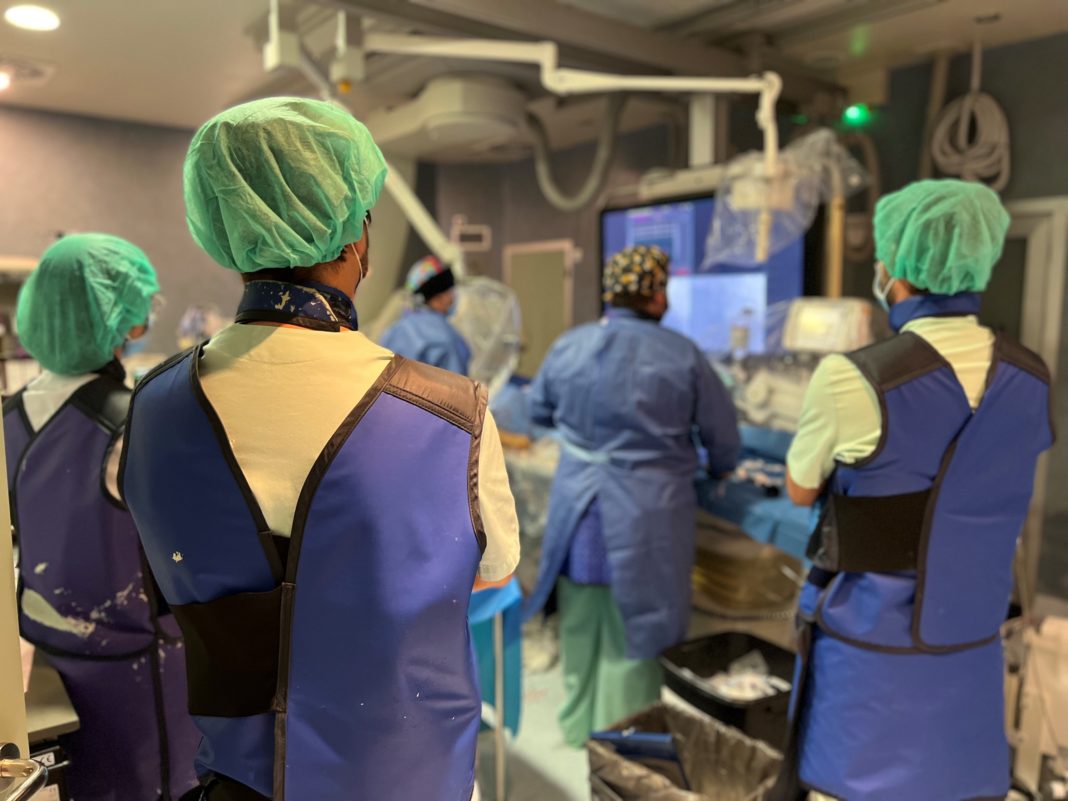The Hemodynamic Service of the University Hospital of Torrevieja has incorporated a new device that allows, through a minimally invasive catheter, a reduction in the risk of suffering a stroke.
It is a device to occlude abnormal communication between two heart chambers that can predispose to a stroke. This new occlusion system offers an improvement over current technology.
The patient foramen ovale (PFO) is an opening in the wall of the septum that separates the two atria of the heart that, during intrauterine life, allows the passage of oxygenated blood from the umbilical cord to the systemic circulation of the foetus without having to pass through the lung. Normally, this communication between the atria gradually closes after birth or with the first few breaths. In approximately 30% of the adult population, total interatrial closure does not occur, with PFO persisting.
This alteration does not produce symptoms in most patients, so it should not be treated from the outset. Its closure is only recommended in cases where the PFO is accompanied by the appearance of a stroke of unknown cause (cryptogenic stroke).
The new patent foramen ovale (PFO) occlusion system incorporated by the Hemodynamic Service of the Torrevieja University Hospital makes it possible to improve the treatment of these patients, especially those who have suffered a cerebrovascular incident and are at risk of suffering another.
Dr. Manuela Romero Vazquiánez, head of the Hemodynamic Service, states that “the arrival of new minimally invasive techniques is revolutionising the field of interventional cardiology, in this case, we can reduce the risk of suffering a stroke again thanks to a procedure which reduces recovery time and complications for our patients.”





